Find the pages, products, documents, and resources with a full site search.
Advanced Document SearchEngineered Abrasives Suppress Hazardous Contaminants
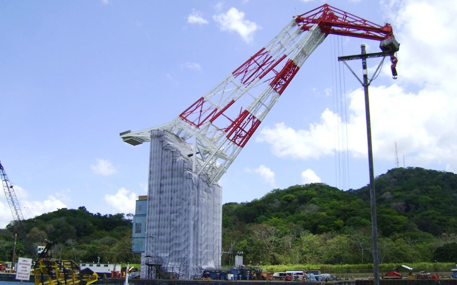
There is no better, more productive solution for safely removing hazardous surface contaminants such as lead based coatings, nuclear contamination, CARC, hexavalent chromium, asbestos, PCBs, mold and other hazards than the MicroContainment™ properties of Sponge Media.
This technology eliminates re-deposition of contaminants, while its dry low dust, on-site reusability results with:
- Drastic reduction of hazardous waste
- Increased productivity
- Reduced worker exposure
- Control of fugitive emissions
- Less hazardous waste disposal
The engineering controls provided by this technology bring clients into today’s standards and help Protect What’s Important™ to you and your business.
Merkmale und Vorteile
- BACT (Best Available Control Technology)
- Decontaminate, Absorb and Abate Hazards
- Cost Savings
- Reduced Compliance Requirements
- Simplified Job Staging
- Minimize Liability and Regulatory Issues
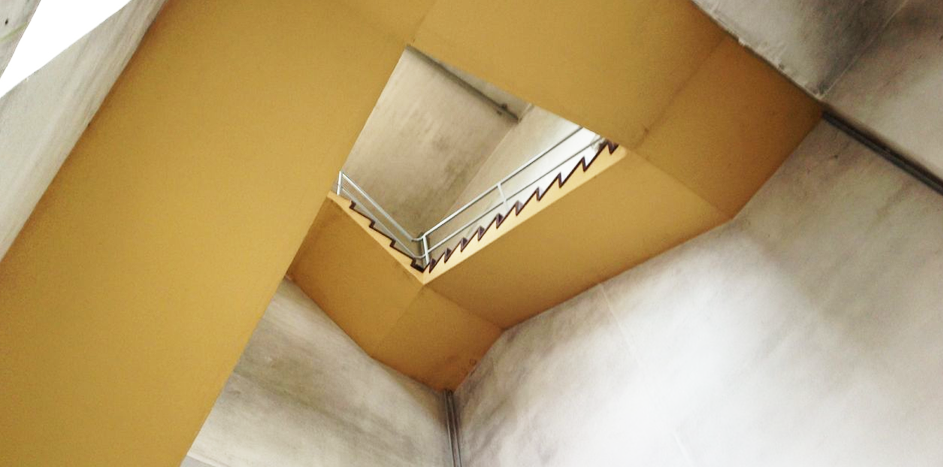
PCB-Based Paint Removal from Concrete
Removing PCB-based paint from concrete stairwell in Odense City (Denmark) tower.
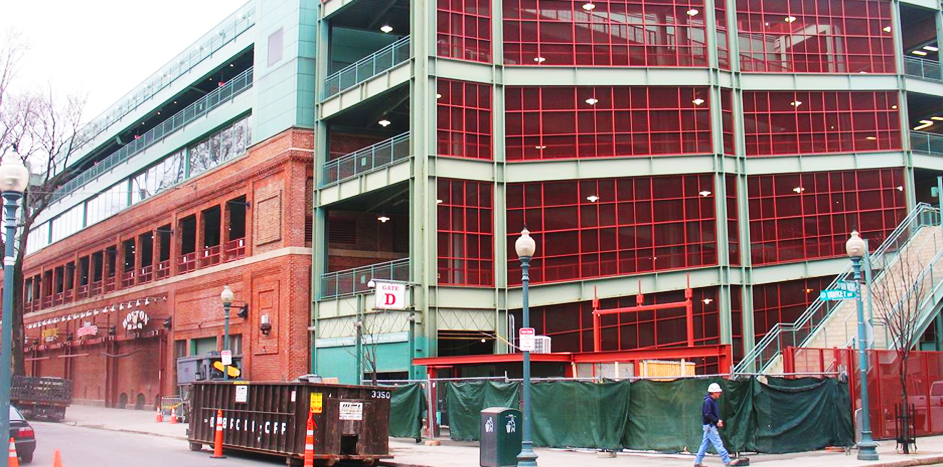
Lead-based Paint Removal from Brick
Lead paint removal from iconic Fenway Park; restoration contractor successfully uses Sponge-Jet to suppress harmful fugitive emissions of lead-based paint from original brick facades.
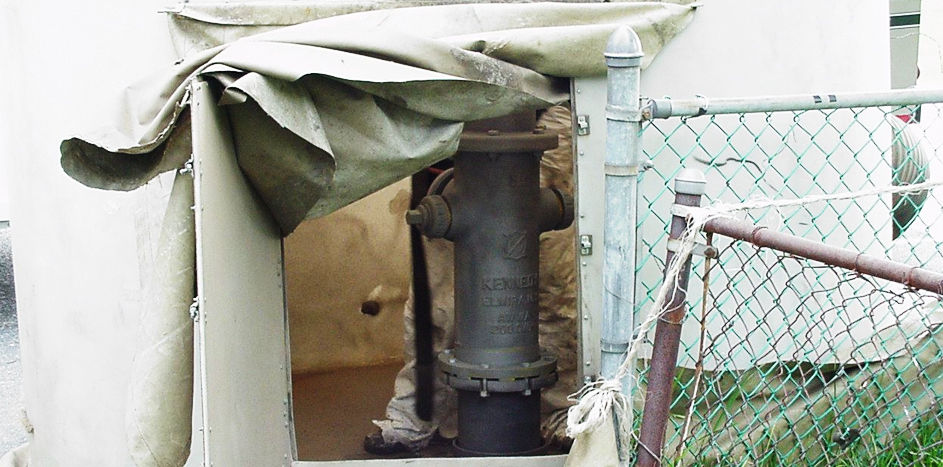
Lead-Based Paint Removal from Fire Hydrants
Removal of lead paint from fire hydrants; officials from Maryland County chose to protect the general public from harmful exposure while removing lead paint from neighborhood and municipal fire hydrants.

Lead-based Paint Removal from Brick
Lead paint removal from ceilings and walls in an old textile mill; Sponge-Jet replaced ordinary abrasives for safe lead abatement after the Department of Health determined hazardous dust was migrating to offices in the same building.

Asbestos Removal in Public Parking Garage
Asbestos removal from commercial parking garage; Sponge-Jet proved successful in suppressing harmful asbestos-covered concrete during preparation.
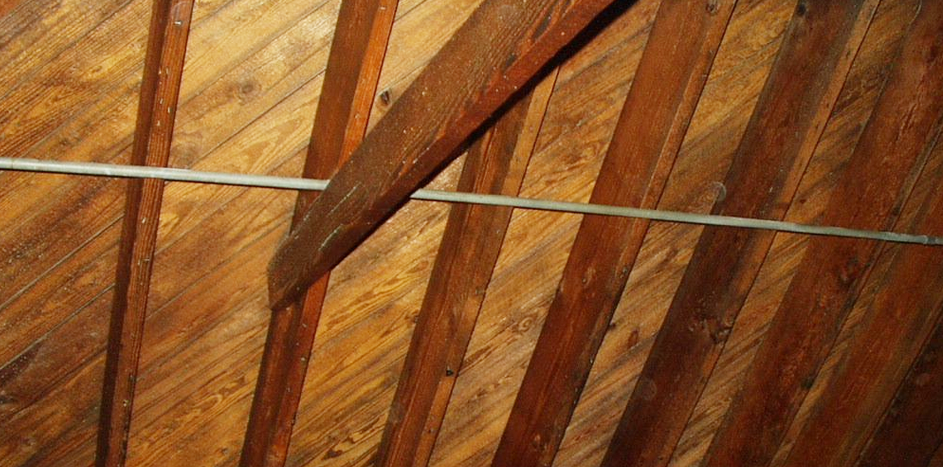
Mold Remediation in Psychiatric Building
Mold remediation from wood in psychiatric center; reoccupation of an old dean’s ward prompted major restoration of its wood structure which included removing rampant mold growth on ceiling rafters and beams with Sponge-Jet.
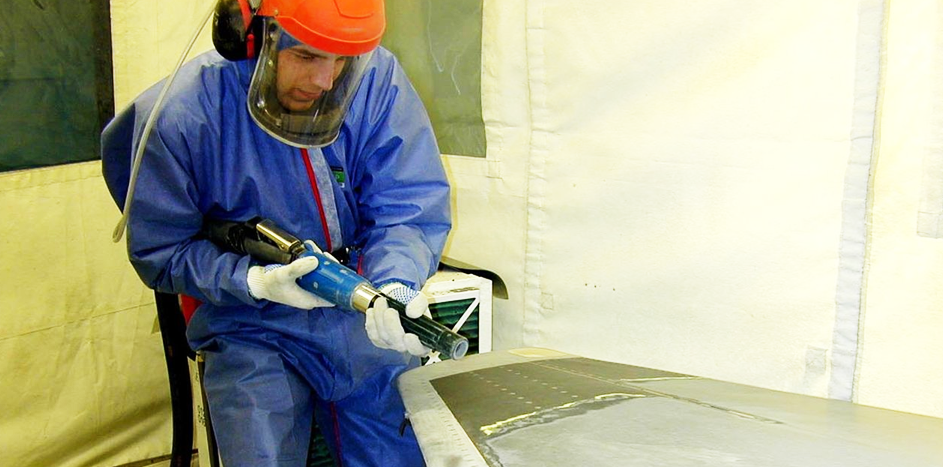
Selective Stripping on Hexavalent Chromium-based Coating
Selective coating removal, carefully exposes chromate primer on aircraft; Sponge-Jet was the perfect solution to selectively strip and expose harmful hexavalent chromium-based primer because it’s controlled abrasion and extreme dust-suppressing properties.
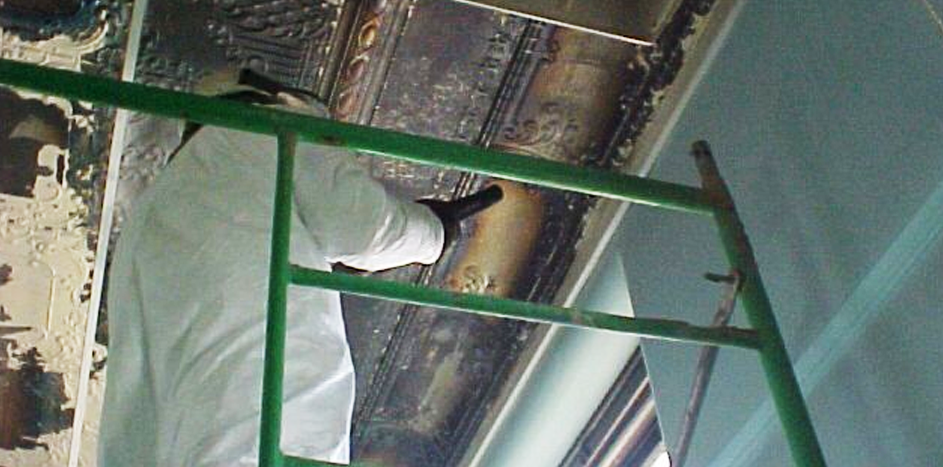
Lead-based Paint Removal from Period Tin Ceilings
Lead paint removal from Victorian-era tin ceiling; the ability to suppress harmful lead-based paint dust during coating removal without removing tin ceiling tiles was the main reason Sponge-Jet was used in this historic mansion.
Sponge-Jet Ressourcen-Center
Ressourcen
Sponge-Jet Ressourcen-Center
Ressourcen

BERNMOBIL Trolley Article
Die Firma Sponge Jet ist die weltweit führende Herstellerin
Herunterladen
von trockenen, staubarmen, recyclierbar…
Sponge-Jet Produktbroschure
Schützen,
Herunterladen
worauf’s
ankommt
Staubarme Strahltechnologie
3 INDUSTRIELLE OBERFLÄCHEN
3 GESUNDHEITS-…
Sponge-Jet Schema der Mikrokapselung™
Vergleich von Strahltechnologien
Herunterladen
Herkömmliches Strahlmittel, gebunden in Sponge Media™
Herkömmli…
25P Recycler Manual CE – GER
Sponge-Jet Recycler 25P / 25P-CE Benutzerhandbuch – 20.
Herunterladen
Blog
Recent Blog Posts

Strahlen von Spuren der Vergangenheit; Sponge-Jet Technologie verhilft verbranntem Coat Harbor Leuchtturm wieder zu früherem Glanz
Dieser bereits vor der Wende des vergangenen Jahrhunderts erbaute Leuchtturm, der auch als Hockomock Head Lighthouse oder Swan’s Island Lighthouse bekannt ist, bot Fischern und ihren Schonern seit 1872 ein Leuchtfeuer für das sichere Geleit in der vielbefahrenen Penobscot Bay (US-Bundesstaat Maine) und wird bis heute als Navigationshilfe genutzt. Im Jahr 1988 wurde der Leuchtturm in das Register of Historic Places der USA aufgenommen. Im Jahr 1994 übereignete die US-Küstenwache die Leuchtturmstation der Stadt Swan’s Island, und ab dem Jahr 2000 begannen die Friends of Swan Island Light mit der Arbeit an einem dringend benötigten Erhaltungsplan. Der Plan sah die flexible Nutzung durch die Öffentlichkeit bei gleichzeitiger Restaurierung von vier Gebäuden, einschließlich des Leuchtturms, vor.
Mehr lesen >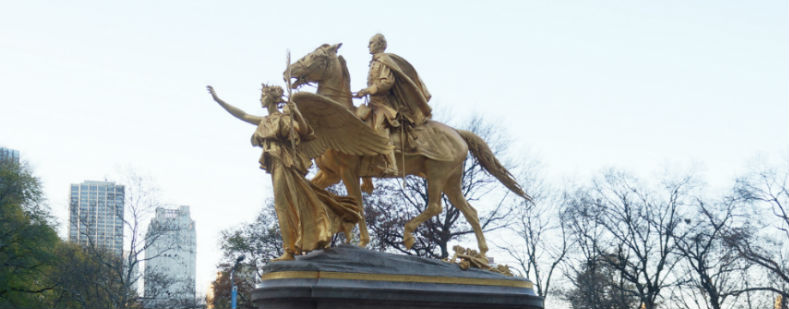
General Sherman reitet nun wieder; Sponge-Jet, Guilder’s Studio und Caruso Painting restaurieren das Monument in den USA
Im Rahmen des New Yorker Central Park Conservancy Projektes zum Wiederaufbau des Grand Army Plaza wurde das William Tecumseh Sherman Monument mit einer neuen Beschichtung aus 23,75 Karat Blattgold zu neuem Leben erweckt. Die Restaurierung des Monumentes, die im Rahmen des größeren Plaza-Restaurierungsprojektes durchgeführt wurde, sah das Entfernen und erneute Auftragen von Blattgold auf dem Meisterwerk von Augustus St. Gauden aus dem Jahr 1903 vor. Der Bildhauer bevorzugte helle, leuchtende Monumente und verachtete das Aussehen von Bronze, das sich im Laufe der Zeit verdunkelt. Allerdings ist der Vergoldung des Sherman-Monuments durch Wind und Wetter und den Lauf der Zeit genau dies passiert.
Mehr lesen >
